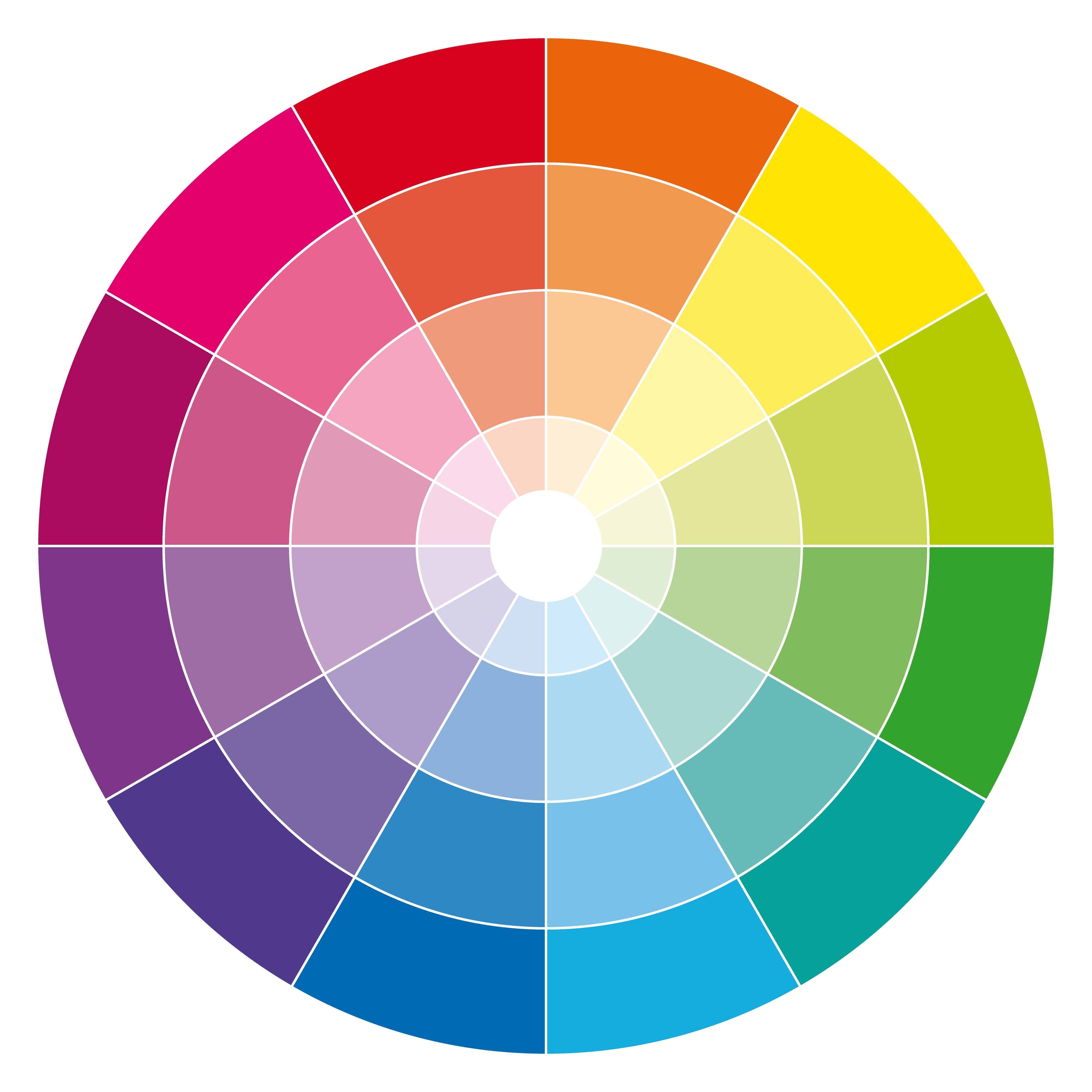
The Importance of Color in Small Spaces
When it comes to designing small spaces, every element matters. From furniture selection to lighting choices, each decision can have a significant impact on the overall feel and functionality of the space. One of the most powerful tools in a designer's arsenal is color. The right color palette can elevate a small space, making it feel larger, brighter, and more inviting. In this article, we will explore the principles of color theory and discuss how to select shades that can help expand and enhance small spaces.
Understanding Color Theory
Before diving into specific shades and color combinations, it is essential to have a basic understanding of color theory. Color theory is a set of principles that guide the use of color in art and design. It helps designers understand how different colors interact with each other and how they can evoke specific emotions and create visual effects.

The Color Wheel
The color wheel is a fundamental tool in color theory. It is a visual representation of the spectrum of colors, arranged in a circular format. The primary colors, red, blue, and yellow, are evenly spaced around the wheel. Secondary colors, such as green, purple, and orange, are created by mixing two primary colors. Tertiary colors, like red-orange or yellow-green, are created by mixing a primary color with a secondary color.
Color Relationships
Understanding how colors relate to each other is crucial in creating harmonious and visually pleasing spaces. There are several color relationships to consider:
- Complementary Colors: These are colors that are opposite each other on the color wheel. When used together, they create a vibrant contrast.
- Analogous Colors: These are colors that are adjacent to each other on the color wheel. They create a sense of harmony and can be used to create a cohesive color scheme.
- Monochromatic Colors: This color scheme involves using different shades, tints, and tones of a single color. It creates a calming and sophisticated look.
- Triadic Colors: This color scheme involves using three colors that are evenly spaced on the color wheel. It creates a balanced and dynamic look.
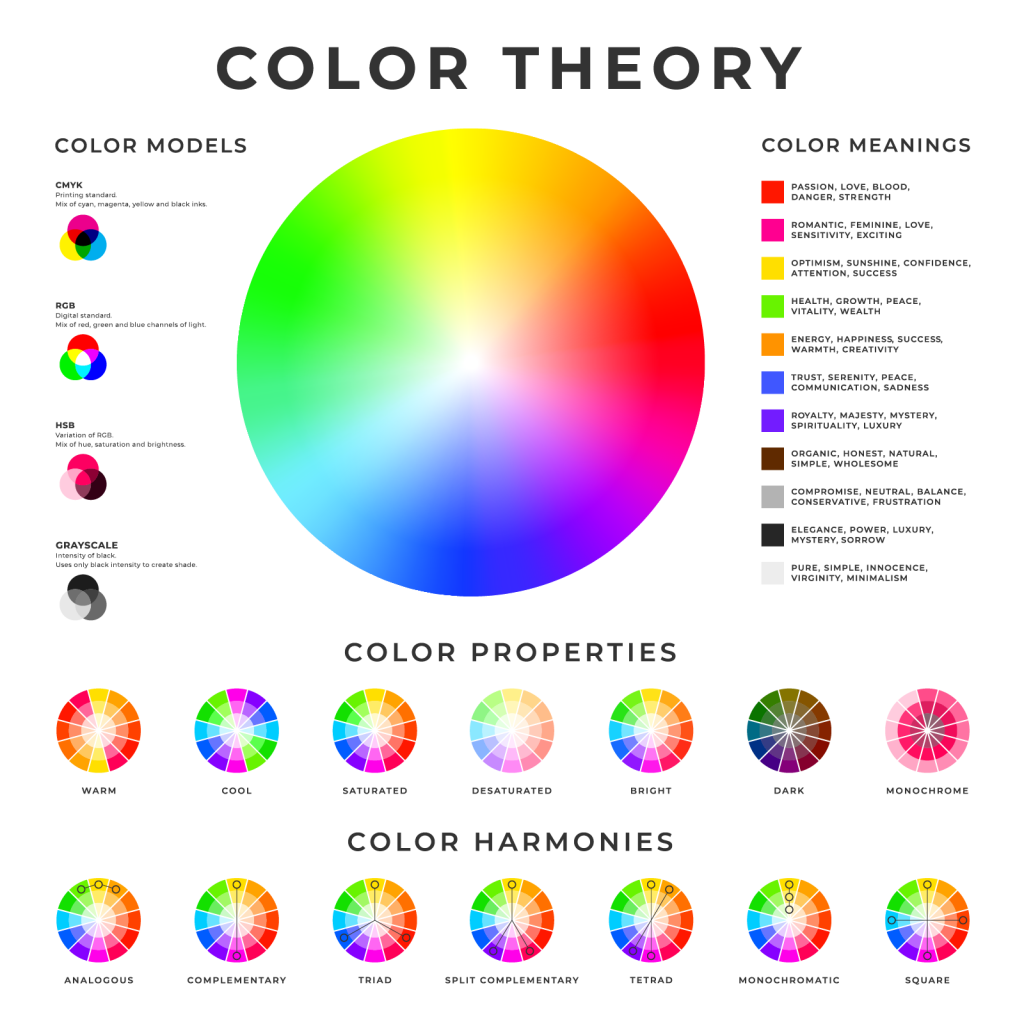
Choosing Colors for Small Spaces
When selecting colors for small spaces, it is important to consider both the physical and psychological effects of color. Here are some key considerations:
Light Colors for Brightness
Light colors have the power to make a space feel more open and bright. Whites, pastels, and pale neutrals reflect light, creating an illusion of more space. They also tend to recede visually, making walls appear farther away. Consider using light shades for walls, ceilings, and larger furniture pieces to maximize the sense of openness.
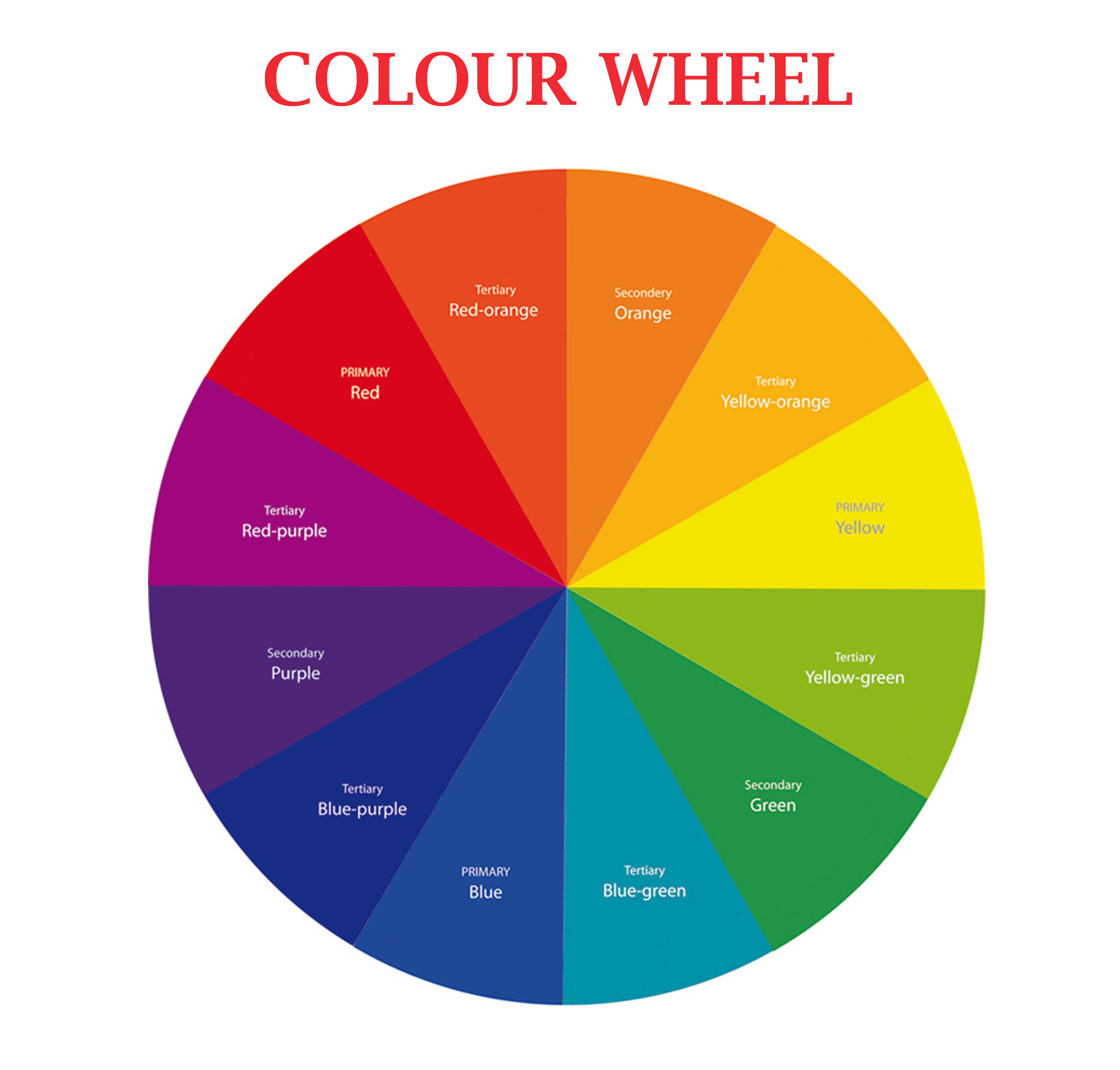
Accent Colors for Depth
Incorporating accent colors can add depth and dimension to a small space. While light colors are ideal for larger surfaces, adding pops of vibrant or darker shades on accessories, textiles, or smaller furniture items can create visual interest and prevent the space from feeling flat. Use caution not to overwhelm the space with too many bold colors, as it can make it feel cluttered.

Cool Colors for Serenity
Cool colors, such as blues and greens, have a calming effect and can make a small space feel more serene. They create a sense of tranquility and can help visually expand the space. Consider using cool shades on walls, curtains, or larger furniture pieces to promote a peaceful atmosphere.

Warm Colors for Coziness
Warm colors, like reds, oranges, and yellows, can create a cozy and inviting atmosphere in a small space. They have the power to make a room feel more intimate and welcoming. However, it is essential to use warm colors strategically, as they can also make a space feel smaller and more confined. Consider using warm shades as accents or on smaller elements, such as throw pillows or artwork.
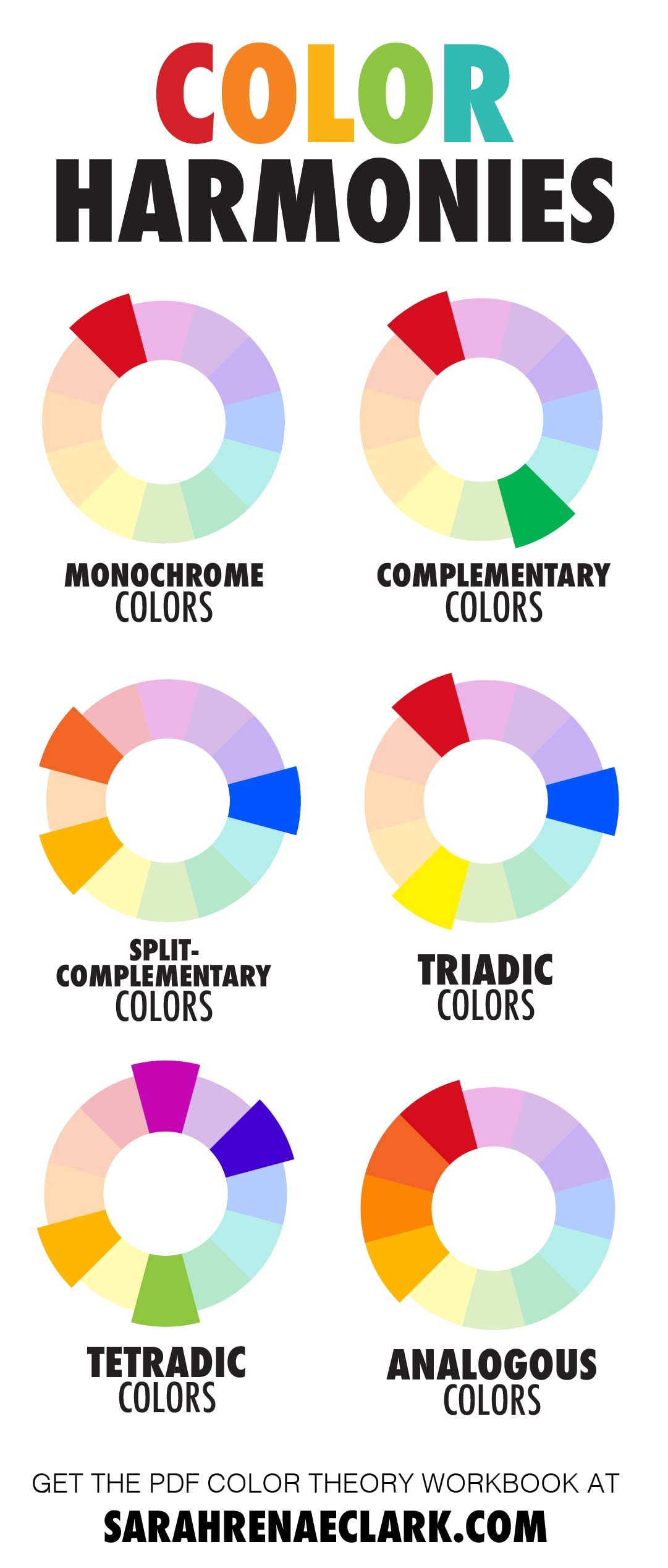
Neutral Colors for Versatility
Neutral colors, such as grays, beiges, and taupes, are incredibly versatile and can work well in small spaces. They provide a timeless and sophisticated backdrop that allows for easy integration of different styles and accents. Neutrals also have the advantage of being visually receding, creating a sense of spaciousness.

Creating the Illusion of Space
Aside from selecting the right colors, there are additional techniques to create the illusion of space in small areas:
Lighting
Proper lighting is crucial in small spaces. Ample natural light can make a room feel larger and more open. If natural light is limited, consider using artificial lighting strategically. Use a combination of ambient, task, and accent lighting to create layers of light and add depth to the space.
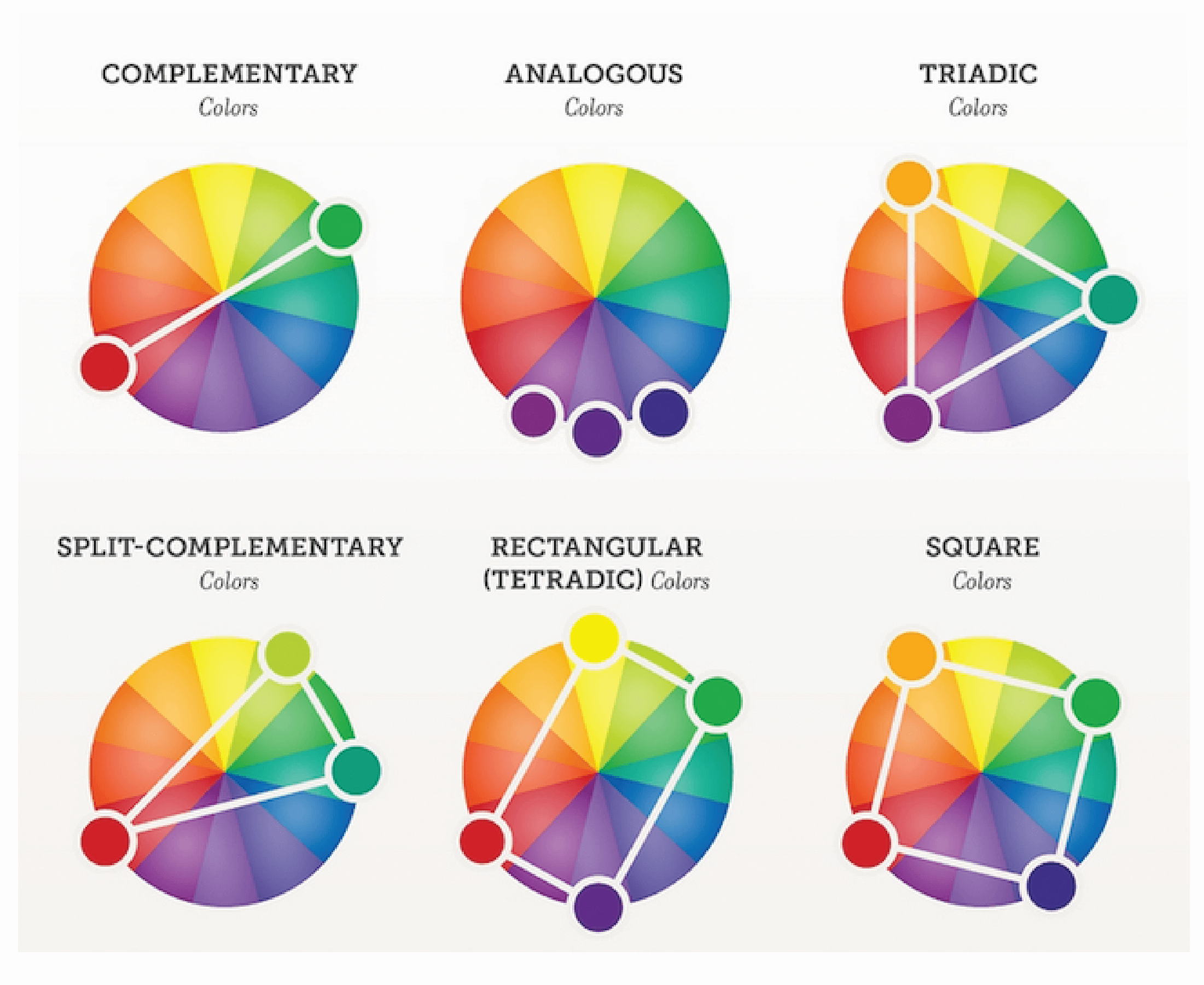
Mirrors
Mirrors are a powerful tool in small space design. They reflect light and create the illusion of depth, making the room appear larger. Place mirrors strategically to maximize their effect, such as across from windows or in narrow hallways.

Vertical Space
Utilize vertical space to make the most of a small area. Install floor-to-ceiling shelving or cabinets to draw the eye upward and create the illusion of height. Use vertical stripes or patterns on walls or curtains to elongate the space.
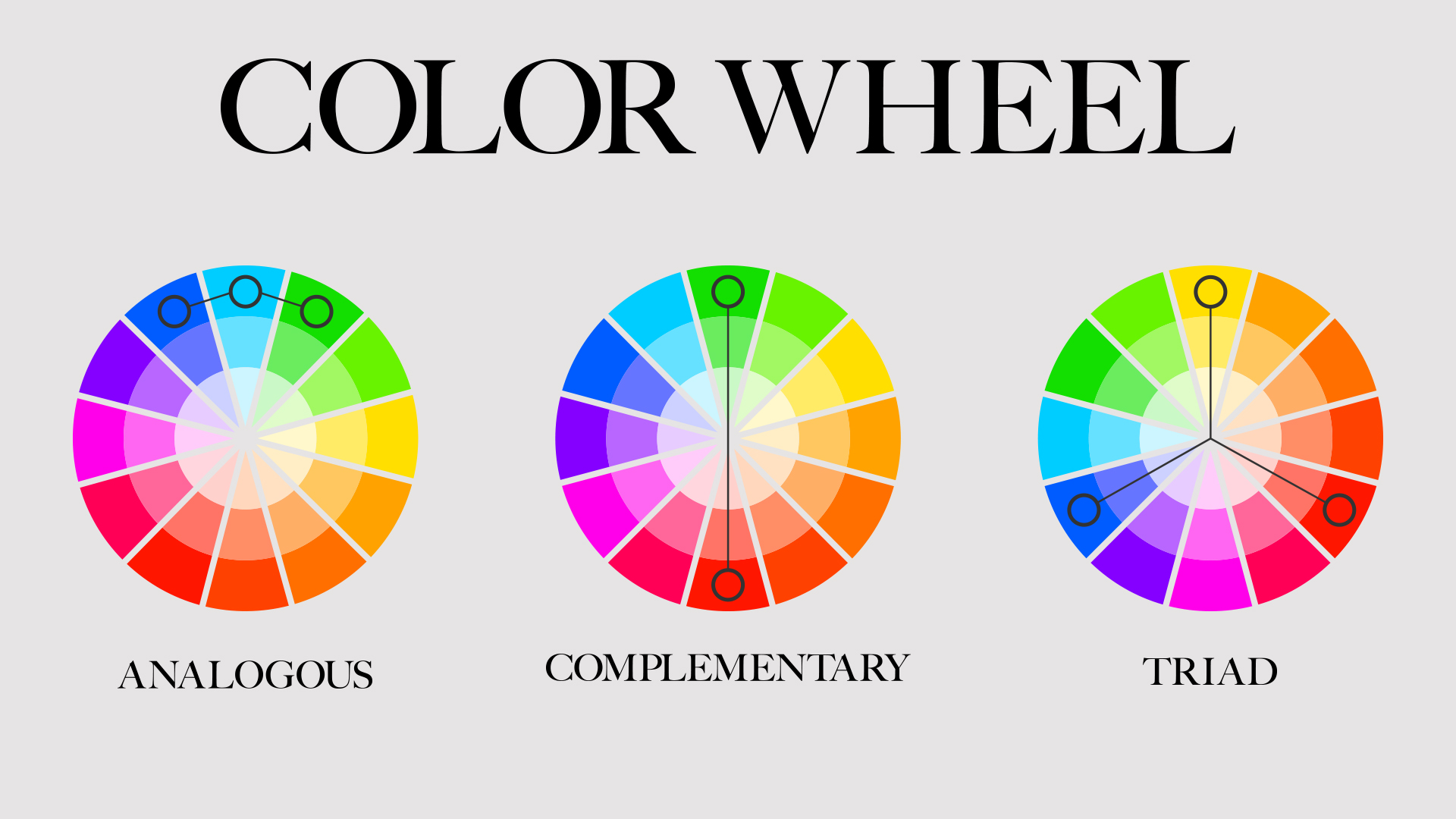
Furniture Placement
Proper furniture placement is crucial in small spaces. Opt for furniture with legs to create a sense of openness and allow light to flow underneath. Consider using multifunctional furniture pieces that serve multiple purposes and save space. Avoid overcrowding the room with too much furniture; instead, opt for a few well-chosen pieces.

Summary
Color theory plays a significant role in small space design. By understanding the principles of color relationships and considering the physical and psychological effects of different hues, designers can create visually appealing and functional spaces. Light colors can make a room feel brighter and more open, while accent colors add depth. Cool colors promote serenity, while warm colors create coziness. Neutral colors provide versatility and a timeless backdrop. Additionally, techniques such as proper lighting, mirrors, utilizing vertical space, and thoughtful furniture placement can further enhance the illusion of space in small areas. By applying these principles and techniques, small spaces can be elevated and expanded, creating a harmonious and inviting environment.